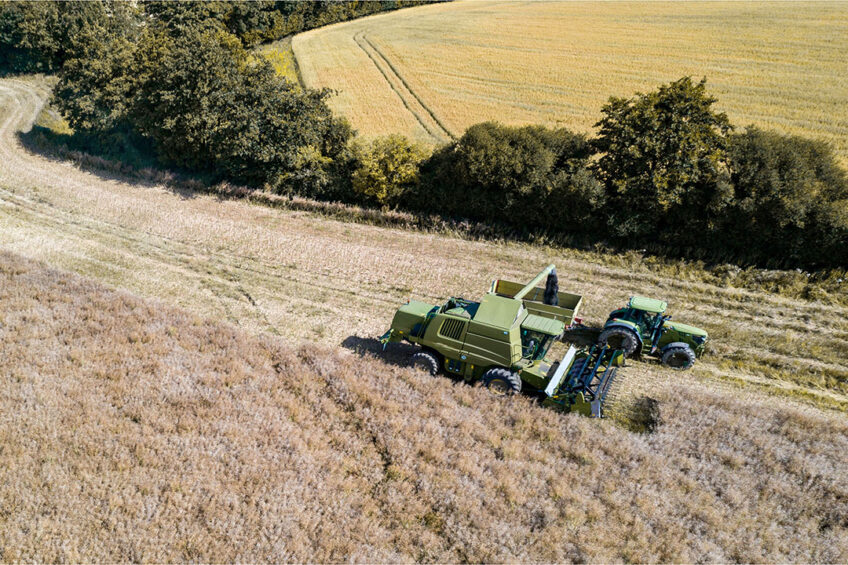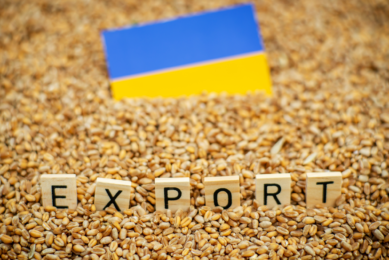Germany confirms smaller rapeseed harvest

The development of rapeseed in Germany has neither improved nor deteriorated in the past month.
The German cooperative association DRV maintains the previously published expectation that the rapeseed harvest will be 7% smaller than last year.
Pressure on EU rapeseed production
Germany is the second largest producer of rapeseed in the European Union after France. The area in both countries is shrinking this year, which is also putting pressure on total production in the EU. German arable farmers are growing almost 5% less rapeseed than last year, according to preliminary figures from statistics agency Destatis. Based on the current state of the crops, DRV assumes a yield of 3.55 tons per hectare, which is 2.3% less than last year. Lower hectare yields are expected, especially in Thuringia and Bavaria.
Changing expectations along the border
Yield expectations are somewhat variable along the border with the Netherlands. In Lower Saxony, DRV expects yields of an average of 3.45 tons, which is 2.5% less than last year. In North Rhine-Westphalia, on the other hand, yields appear to be 2.2% higher, with an expected 3.7 tonnes per hectare.
The largest decline in rapeseed area, this year, within the European Union appears to be in Romania. The shrinkage there is expected to be almost 10%. Rapeseed cultivation in Germany and Romania therefore largely contributes to a decrease in the total EU area of around 4% to 5.9 million hectares.
Despite new confirmations of a smaller rapeseed harvest in the EU, the prices of the new harvest in particular are under pressure. The old harvest rose to € 460 per tonne in Paris at the beginning of this week. The new harvest shows falling prices, causing the difference with the old harvest to evaporate.











